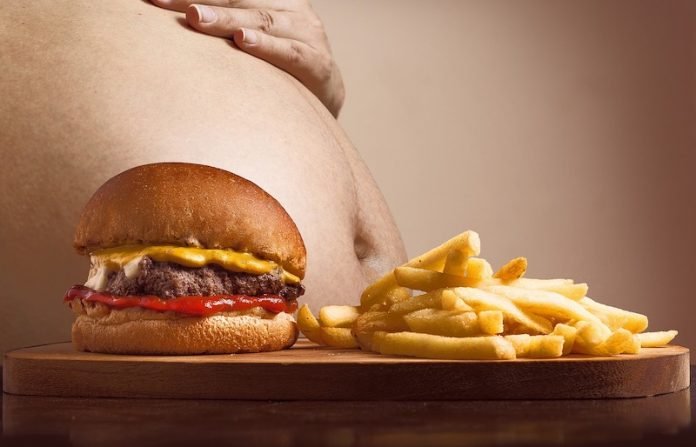
In a new study, researchers found tummy tuck surgery (abdominoplasty) yields high patient satisfaction and improved quality of life in patients who are overweight or obese.
The research was conducted by a team from Plastic Surgery of West Michigan.
Abdominoplasty is an effective procedure to improve the appearance of the abdomen.
However, this and other body contouring procedures have historically been discouraged in overweight or obese patients.
That reflects concerns that increased body mass index (BMI) may increase the risk of wound healing problems and other complications.
The researchers analyzed the outcomes of tummy tuck surgery in 46 overweight/obese patients over a 12-year period.
About 8% of patients underwent abdominoplasty, most often including a procedure to restore weakened or separated abdominal muscles.
The remaining 20% had a procedure called panniculectomy to eliminate excess, “hanging” abdominal fat and skin.
The researchers found nearly half of patients had some type of complication. About 39% had minor complications, requiring office procedures or antibiotics.
About 9% of patients had major complications requiring a return to the operating room – mainly due to wound healing problems and/or fluid collections.
Thirty-six patients completed follow-up surveys an average of 15 months after their procedure.
Most of the patients were satisfied with the results of abdominoplasty/panniculectomy, while 97% stated they would choose to have the procedure again.
About 97% percent of patients said the procedure had improved their quality of life. Nearly half of the patients said they lost additional weight after surgery.
The team says due to the increased risk of complications, patients are commonly advised to lose weight before undergoing body-contouring surgery.
But the procedure can strongly improve the quality of life in the patients and that is why it is so popular.
The lead author of the study is Dennis C. Hammond, MD.
The study is published in Plastic and Reconstructive Surgery.
Copyright © 2019 Knowridge Science Report. All rights reserved.



